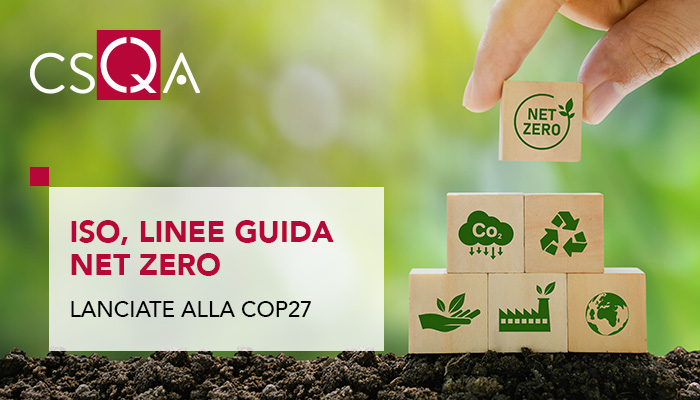
Launched at COP27, the Net Zero Guidelines address a major hurdle for a world where greenhouse gas emissions are minimized and balanced by removals: the fragmented net zero governance landscape. Competing approaches and concepts for "Net Zero" sow confusion. The guidelines provide a common framework for collective efforts, offering a comprehensive basis for harmonization, understanding and planning for net zero for state, regional, city and organizational level actors.
A common understanding of "net zero"
The Net Zero guidelines establish a common path for:- the definition of " net zero" and related terms (GHG uptake, offset, value chain, etc.), clarifying the scope differences between direct emissions, indirect emissions from purchased energy, and other indirect emissions from an organization's activities
- high-level principles for all actors who want to achieve climate neutrality,
- actionable guidelines to get there as soon as possible, by 2050 at the latest, e
- transparent reporting, credible claims and consistent reporting on emissions, reductions and removals.
Broad consensus built through an open process
More than 1,200 experts from over 100 countries have contributed to making the Net Zero guidelines an effective common reference for net zero guidelines .ISO's International Workshop Agreement ( IWA ) process provided the perfect platform to facilitate broad and hands-on participation.
What is an ISO International Workshop Agreement?
In order to respond to urgent market needs, International Workshop Agreements (IWAs) are prepared through a workshop mechanism outside the ISO committee structures, following a procedure which ensures that the widest range of stakeholders worldwide have the opportunity to participate and are approved by consensus among the individual workshop participants. If there is an ISO committee whose scope covers the topic, the published international workshop agreement is automatically assigned to this committee for maintenance.An international workshop agreement is reviewed three years after its publication and can be further elaborated to become a publicly available specification, a technical specification or an international standard , according to market needs. An International Workshop Agreement can exist for up to six years, after which it is withdrawn or converted into another ISO document. (Source: https://www.iso.org /)